Water, Watersheds and Wetlands
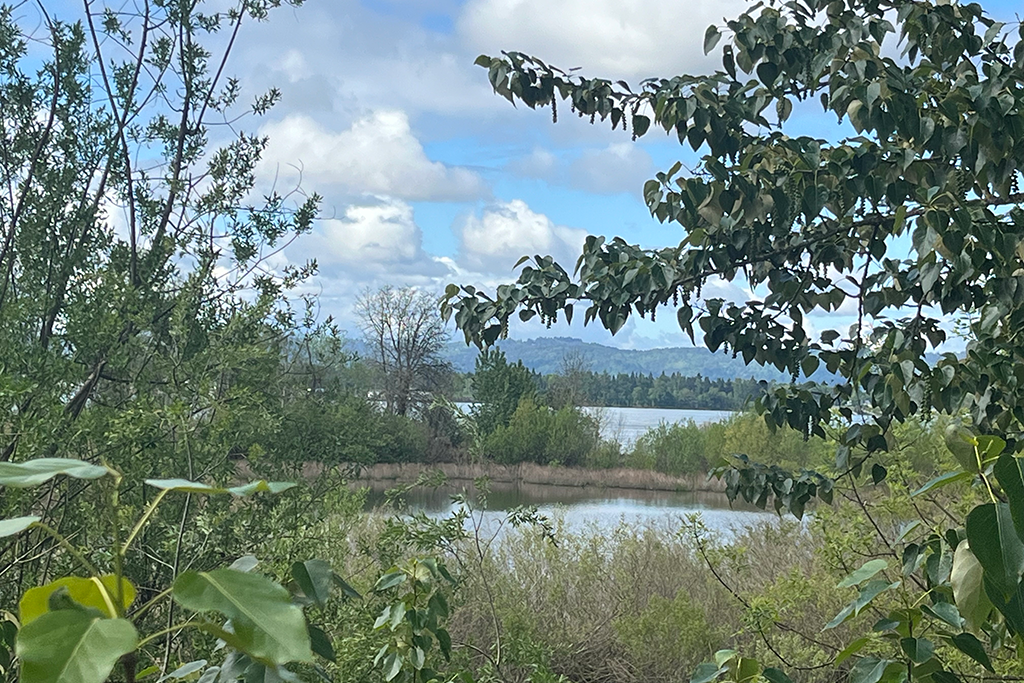
Water and Wetlands
The Water Center is surrounded by almost 50 acres of wetlands, a valuable resource for plants, animals and people.
Learn About Salmon
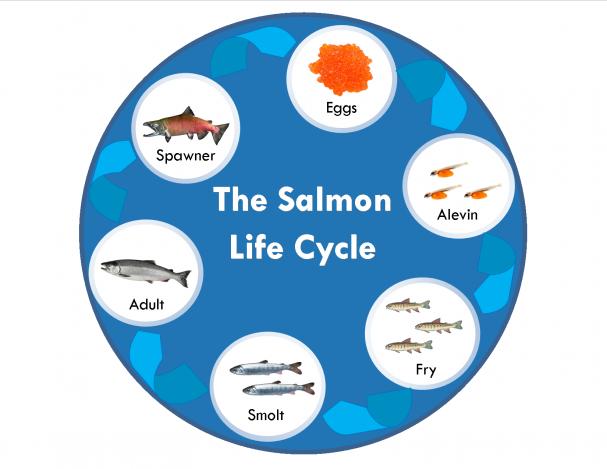
The Pacific Northwest is home to five native salmon species: Coho, Chinook, Chum, Sockeye and Pink. These fish have evolved over millions of years, with the modern form appearing in the fossil record about six million years ago.
Salmon are anadromous fish, which means they are born in freshwater systems (rivers, streams, lakes), migrate out to the salty ocean waters as juveniles to feed and grow into adults, and then come back to freshwater to spawn and lay their eggs. After spending one to seven years in the ocean–each species spends a different amount of time in the ocean–adults navigate back to their home river, where they will lay their eggs and then die.
The nutrient-rich bodies of the adult salmon decompose and provide food for various animal species. Creatures big and small, from black bears to deer mice, depend on the return of the salmon to the freshwater.
From January to November at the Water Resources Education Center, visitors can view coho salmon on display as part of the statewide Salmon in the Classroom program. The Water Center receives eggs from the Washington Department of Fish and Wildlife’s Washougal Hatchery. Coho salmon eggs usually hatch in late February or early March. Visitors can see three of the phases of the salmon life cycle: egg, alevin and fry. Read below to learn more about the journey of these amazing fish. You may also enjoy a fun and interactive activity with the salmon life cycle game.
The Salmon Life Cycle
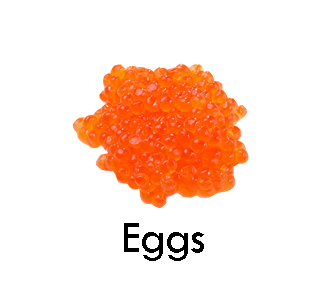
Eggs
Smelling her way to her natal (home) river, a female salmon returns from years in the ocean to the spot upstream where she was born. The returning female salmon turns on her side and beats her tail back and forth, moving rocks and gravel to create a nest, called a redd. Male salmon battle around her to be the first to fertilize the eggs which are quite sensitive – up to 80% of eggs can be lost before hatching if excellent habitat and cold, clean water are not available.
Alevin
The newly hatched salmon are called alevin. They have a pink yolk sack that provides nutrients until the juveniles are strong enough to swim and feed on their own. Although not swimming quite yet, alevin are able to move through spaces in the gravel avoiding areas that become covered in soil and sand.
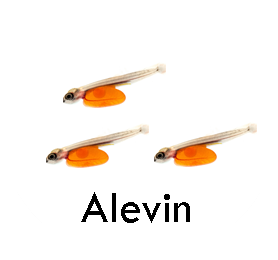
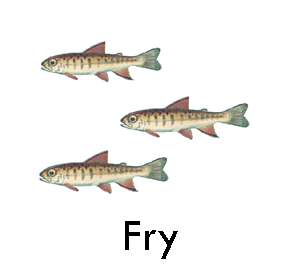
Fry
Once the alevin absorb their yolk sack and emerge from the gravel to begin foraging, they become fry. Coho salmon fry spend approximately one year in freshwater streams feeding on insects before beginning their journey to the ocean. They have distinct vertical markings called parr marks that provide camouflage so they can blend in with their surroundings to avoid becoming targets for predators.
Smolt
Many changes occur when fry enter the smolt stage. They begin to seek deeper pools of cool water with less light. As they make their way downstream to the mouth of the river where fresh and saltwater meet, their bodies change to manage the intake of freshwater to saltwater. Their scales transform to colors of dark blue on their back to silvery hues on their bellies, acting as ocean camouflage. Coho salmon spend approximately two to three months in this transitional stage.
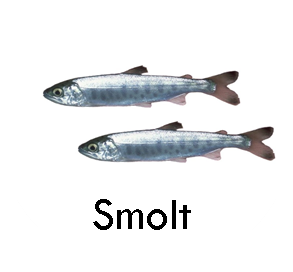
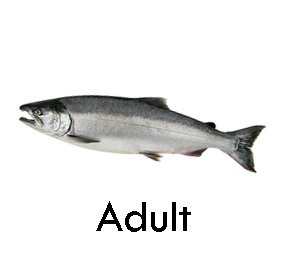
Ocean-Going Adult
Adult salmon make their way into the ocean and swim to cold, open waters. Adult coho salmon will live in the ocean for one and a half to two years. During this time, their goal is to feed and grow strong for the big journey back to their home stream. Salmon take advantage of the ocean’s buffet of food items including invertebrates like squid, shrimp and krill in addition to small fish such as herring, anchovies and sardines. Excellent habitat is equally important to salmon in the ocean as it is in freshwater streams. If ocean conditions are poor due to rising temperatures and pollution, the salmon’s food chain will be impacted threatening their survival.
Spawner
In the salmon’s process of returning to freshwater to lay eggs, they use their sense of smell to recognize the chemical signature of the stream from which they hatched. During the return journey to their natal stream, they do not eat. Once they enter freshwater, they have only a few weeks left to live. Upon arrival in their natal habitat, they spawn, which is when females lay their eggs and males fertilize them. Once they lay their eggs, the salmon life cycle is complete and the adult salmon die. Their bodies return to the stream and forest floor to decompose and provide important nutrients to the ecosystem and the next generation of salmon.
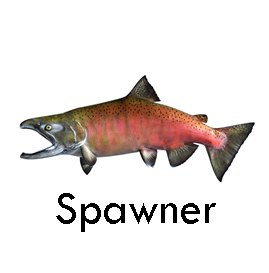
Vancouver Water Center Virtual Wetlands Tour
Aquatic Macros, Key to Healthy Waterways
Watersheds
There are 10 major watersheds in Clark County, including rivers, creeks and lakes. Explore your watershed and learn how to protect water health.
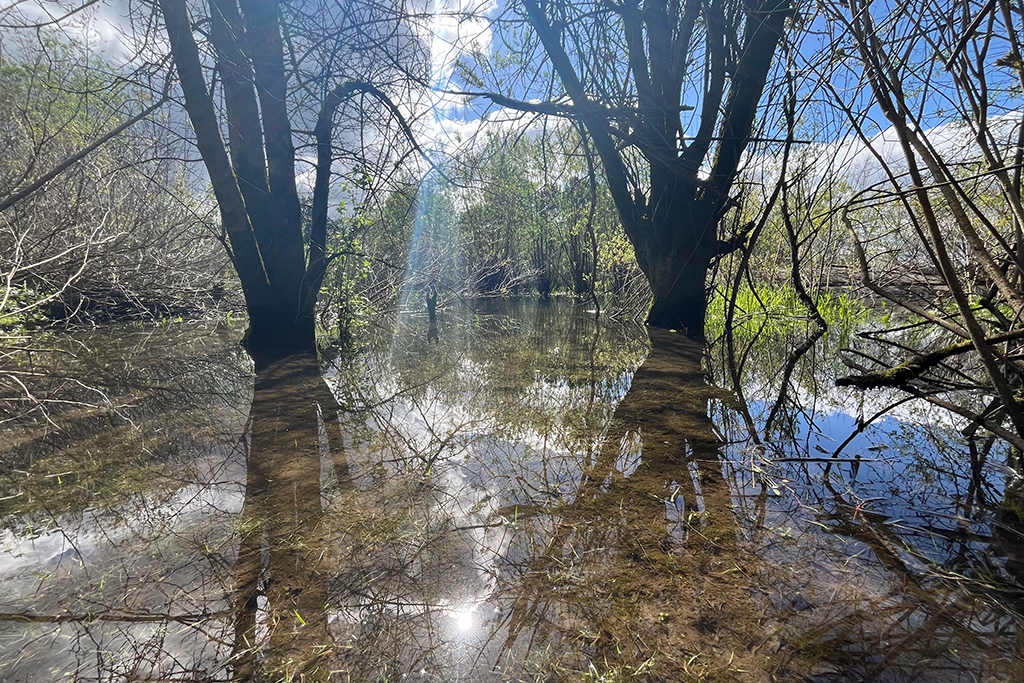
Explore Your Watershed
Learn about and explore your watershed with Stormwater Partners’ online tool Explore Your Watershed. This ArcGIS StoryMap was created by Clark County Public Works, with a grant from the Lower Columbia Fish Recovery Board, to be an immersive learning experience based on information about the ten major watersheds in Clark County. The Explore Your Watershed StoryMap is a great tool to help you find trails, learn about amazing creatures, dive into stream health and connect with the waterways that make Clark County awesome.
Become a Watershed Steward
Are you interested in learning more about how you can help maintain a healthy watershed? Learn how to become a Watershed Steward in Clark County through the Clark Conservation District’s program.
A Watershed Tells a Story
Exploring the Burnt Bridge Creek Watershed
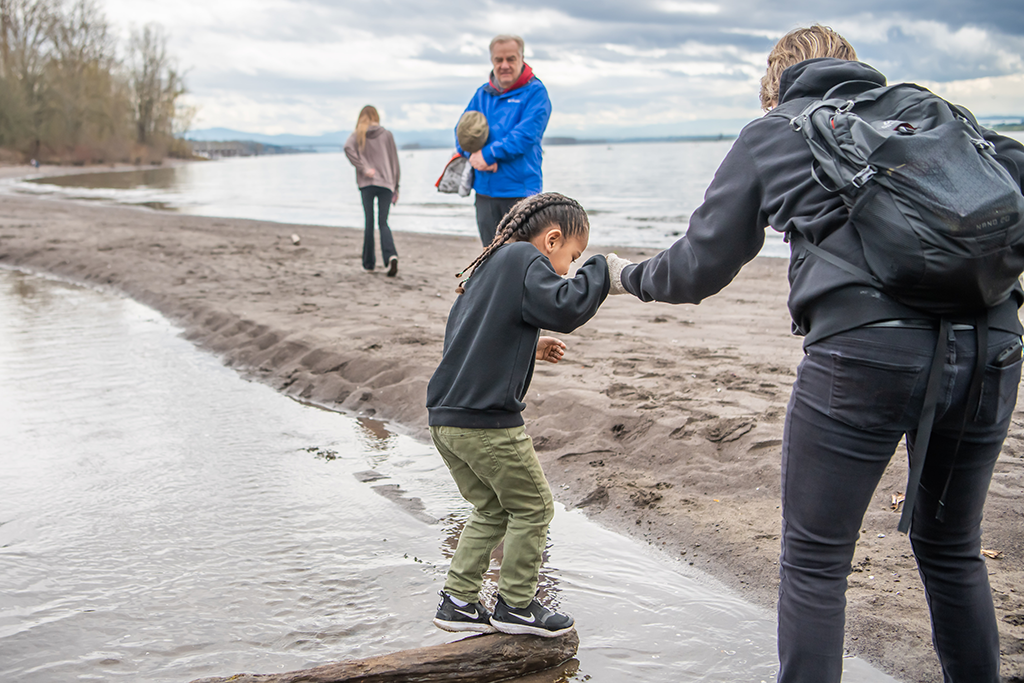
Water Resources
Embrace opportunities to steward our local water resources!
Backyard Habitat Certification
Save water and create a beautiful backyard! Learn about the Backyard Habitat Certification Program.
Columbia Springs
Columbia Springs fosters a greater awareness of the natural world through onsite education, events and volunteer opportunities.The City partners with Columbia Springs to expand environmental education opportunities for the community.
Lower Columbia Nature Network
Water Center staff served as one of the founding community partners of the Lower Columbia Nature Network in 2015. With a mission to provide key information to the public to give them more tools to connect with nature, the Lower Columbia Nature Network delivers environmental education and interpretation resources for teachers, educators and community members.
Watershed Alliance of Southwest Washington
The Watershed Alliance of Southwest Washington was founded in 2008 with funding from the City to help clean up and steward Burnt Bridge Creek. The Watershed Alliance works to protect and restore southwest Washington’s waterways and natural areas. We partner with the Watershed Alliance to provide stewardship and educational opportunities.

